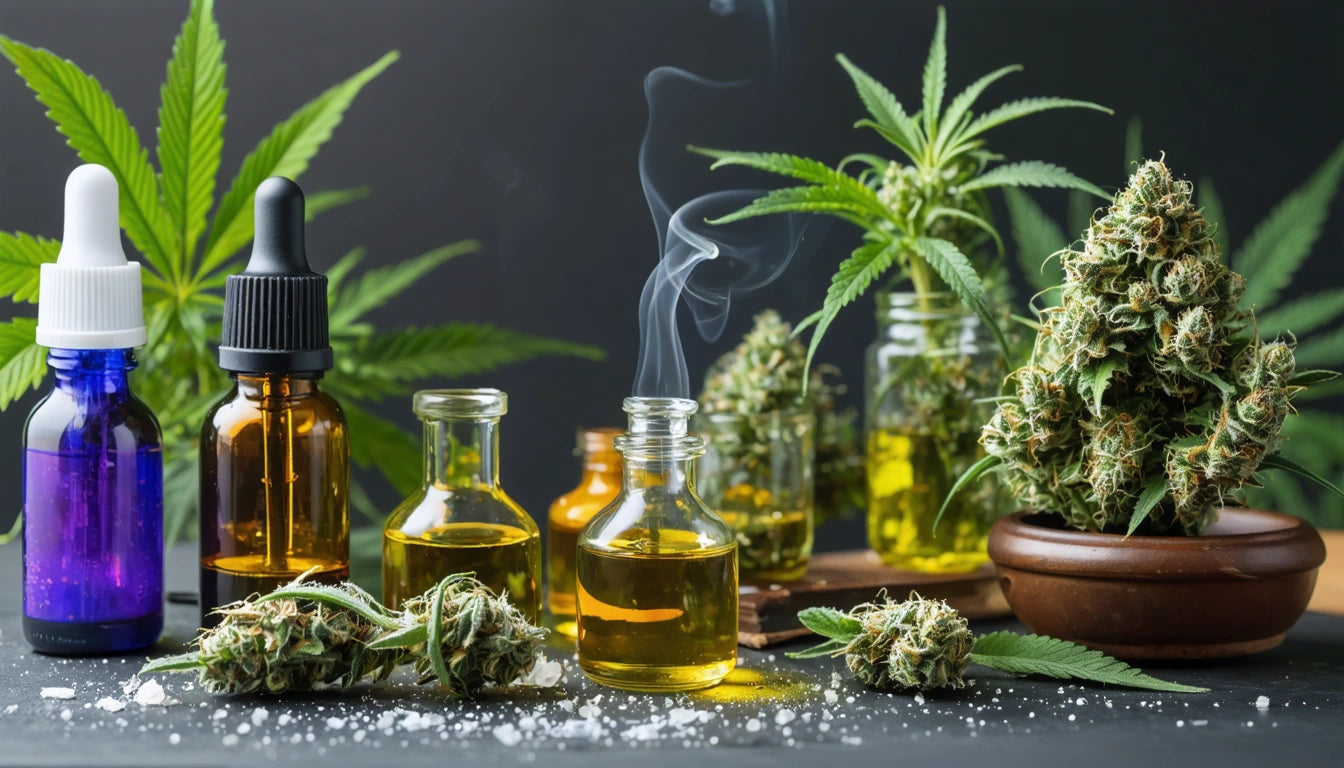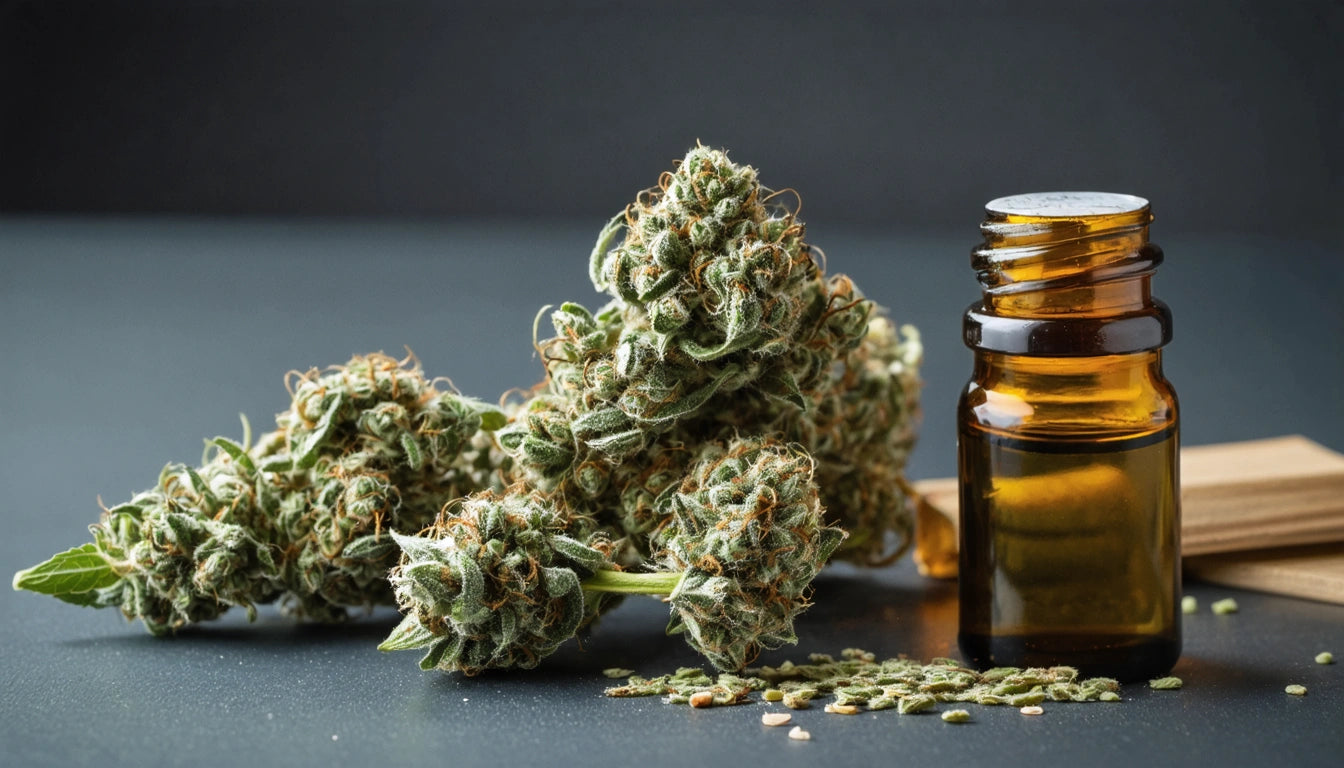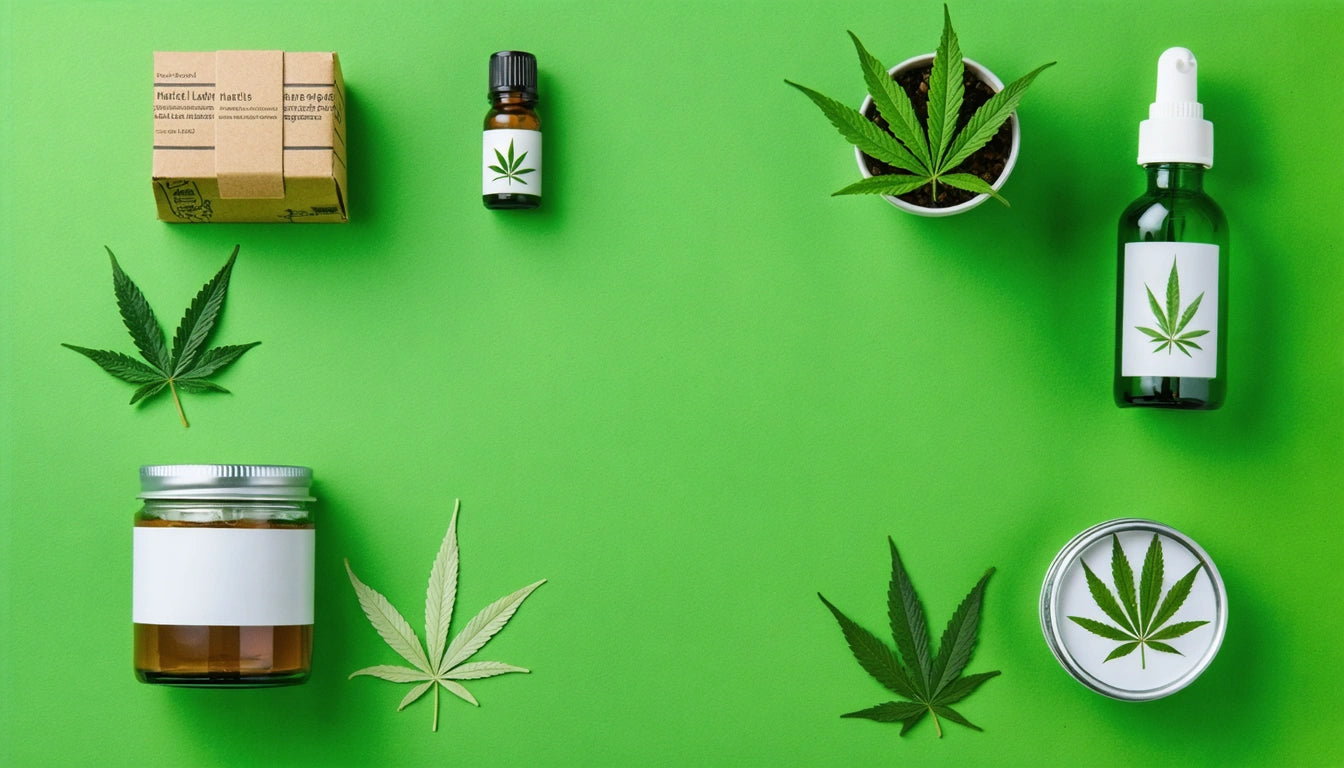Table of Contents
- Essential Dabbing Tools: What You Need to Get Started
- Concentrate Varieties and Their Unique Properties
- Temperature Control: Finding the Sweet Spot
- Dabbing Techniques for Beginners and Enthusiasts
- Safety Considerations and Best Practices
- Storage and Preservation of Concentrates
- Advancing Your Dabbing Experience: Tips for Connoisseurs
Dabbing has evolved from a niche consumption method to a mainstream approach for enjoying cannabis concentrates. This comprehensive guide covers everything from essential equipment to advanced techniques, helping both newcomers and experienced users optimize their dabbing experience.
Essential Dabbing Tools: What You Need to Get Started
A complete dabbing setup requires several specialized components. At minimum, you'll need a dab rig (a water pipe designed specifically for concentrates), a nail or banger (the heating element), a carb cap (to regulate airflow), a dabber tool (for applying concentrate), and a torch (for heating). For those seeking convenience, electronic dabbing devices offer temperature control without the need for a torch.
Quality matters when selecting these tools. Medical-grade titanium, quartz, and borosilicate glass are preferred materials due to their durability and heat retention properties. Silicone accessories offer convenience for storage and travel, though glass remains superior for the actual consumption experience.
Concentrate Varieties and Their Unique Properties
Different concentrates require specific approaches to dabbing. Live resin, rosin, budder, and crumble each have unique consistencies and optimal temperature ranges. Shatter, for example, is typically dabbed at slightly higher temperatures than more terpene-rich products like live resin.
Understanding the distinction between solvent and solventless concentrates is also important. Solvent-based products like BHO (butane hash oil) should only be purchased from reputable sources that properly purge residual solvents. Solventless options like rosin offer peace of mind regarding chemical exposure but often command higher prices.
Temperature Control: Finding the Sweet Spot
Temperature dramatically affects the dabbing experience. Low-temperature dabs (315-450 °F) preserve terpenes and offer smoother hits with enhanced flavor profiles. High-temperature dabs (450-600 °F+) deliver more immediate effects but can destroy sensitive compounds and produce harsher vapor.
For precision temperature control, consider investing in an e-nail or smart dab rig with digital temperature settings. Alternatively, timing your cool-down period after heating a banger with a torch can achieve similar results with practice. Most experts recommend waiting 30-60 seconds after heating a quartz banger to reach optimal temperature.
Dabbing Techniques for Beginners and Enthusiasts
Proper dabbing technique involves several steps:
- Prepare your concentrate and tools before heating anything
- Heat the nail/banger evenly until it begins to glow red
- Allow appropriate cool-down time based on your nail material
- Apply the concentrate to the heated surface using your dabber
- Cover with a carb cap immediately to regulate airflow
- Inhale slowly and steadily, avoiding excessive coughing
- Clean your nail while still warm using a cotton swab
Cold-start dabbing, an alternative approach, involves placing concentrate in the banger before applying heat. This method offers better flavor preservation and reduces the risk of overheating.
Safety Considerations and Best Practices
Safety should always be prioritized when dabbing. Use stable surfaces for your equipment, keep torches away from flammable materials, and never leave heated equipment unattended. Additionally, concentrates should always be stored in appropriate child-resistant containers to prevent accidental access by minors, similar to safety standards applied to pharmaceuticals and other potentially harmful substances.
Start with small amounts, especially when trying new products or higher potency concentrates. High-THC concentrates can produce intense effects, and tolerance builds differently than with flower. Medical patients should consult resources on concentrates for therapeutic use to understand appropriate dosing.
Storage and Preservation of Concentrates
Proper storage extends the shelf life and preserves the quality of your concentrates. Effective storage practices include:
- Keep concentrates in airtight, opaque containers
- Store in cool, dark places away from direct light
- Refrigeration can extend shelf life for most concentrates
- Avoid frequent temperature fluctuations
- Use silicone or glass containers designed specifically for concentrates
- Label containers with strain information and purchase dates
Different consistencies may require specific storage approaches. Runnier concentrates like sauces benefit from refrigeration, while more stable forms like shatter can sometimes be stored at room temperature for shorter periods.
Advancing Your Dabbing Experience: Tips for Connoisseurs
As you become more comfortable with basic dabbing, you can refine your approach. Consider exploring terpene profiles by learning to read concentrate labels and understanding how different extraction methods affect the final product.
Advanced users might experiment with various extraction methods to understand how they influence flavor and effects. Additionally, exploring alternative uses for concentrates, such as incorporating them into edibles or vape pens, can provide versatility in consumption options.
With proper tools, techniques, and knowledge, dabbing offers a customizable and potent way to experience cannabis concentrates. By prioritizing quality equipment, temperature control, and safety practices, you can enjoy the full spectrum of flavors and effects these products have to offer.











Leave a comment
All comments are moderated before being published.
This site is protected by hCaptcha and the hCaptcha Privacy Policy and Terms of Service apply.